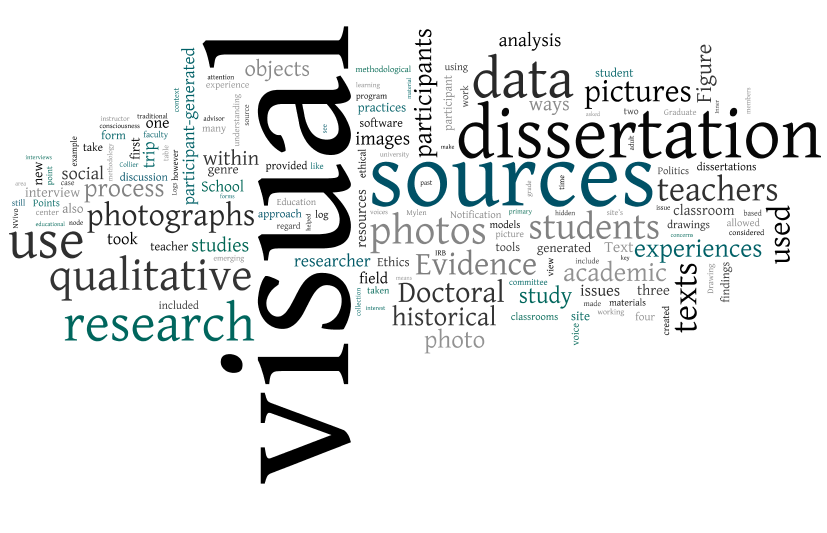Visual Sources and the Qualitative Research Disseration:
Ethics, Evidence and the Politics of Academia--
Moving Innovation in Higher Education from the Center to the Margins
Judith Davidson
University of Massachusetts Lowell, USA
James W. Dottin, Jr.
Middlesex Community College, USA
Stacy L. Penna
QSR International, USA
Stuart P. Robertson
Robertson Educational Resources, USA
Citation: Davidson, J., Dottin, J. W. Jr., Penna, S. L., & Robertson, S. P. (2009). Visual sources and the qualitative research dissertation: Ethics, evidence and the politics of academia--Moving innovation in higher education from the center to the margins. International Journal of
Education & the Arts, 10(27). Retrieved [date] from http://www.ijea.org/v10n27/.
Abstract
Until recently, qualitative research has made limited use of visual sources,
particularly visual texts (drawing, painting or photographs), but also including
multimodal data (video and web-based) and visual data (tables, graphs, charts, etc.).
Thus, discussions of ethics and evidence in this area have lagged behind those
related to textual data, such as written fieldnotes. This is particularly true for
qualitative research dissertations, where graduate students are caught in the tension
between established and emerging standards of ethics and evidence. This trend
holds true across most institutions of higher education, but it is especially
pronounced in those schools that are smaller and more regionally focused where
innovations may take more time to become firmly established. This paper examines
issues of ethics, evidence, and academic politics in the use of visual sources within
the genre of the dissertation, with a special focus on the ways these innovative
practices move into the higher education institutions that are at a distance from the
center of change. We begin with the viewpoint of a dissertation advisor who has
experience in the use of visual sources in the instruction of qualitative research at
the doctoral level and its use in the conduct of qualitative research dissertations.
Three case examples drawn from three doctoral students in a Graduate School of
Education provide a view of the issues involved in researcher generated data,
participant generated data, and the ways emerging technologies offer new
visualizing possibilities. We conclude with a cross-cutting discussion of issues
related to the functions visual sources serve in these dissertations, followed by
recommendations for the future use of these materials in the qualitative research
dissertation process. Study participants are located in a small, regional institution of
higher education, a context that figures importantly in the story. Our goal is to
promote discussion and advance understanding of the ways visual sources, and by
extension, the ways other innovative research processes can be used by qualitative
researchers (particularly doctoral students), despite academia's reluctance in the
face of change.
Visual Abstract

This article is available in PDF format.
|

